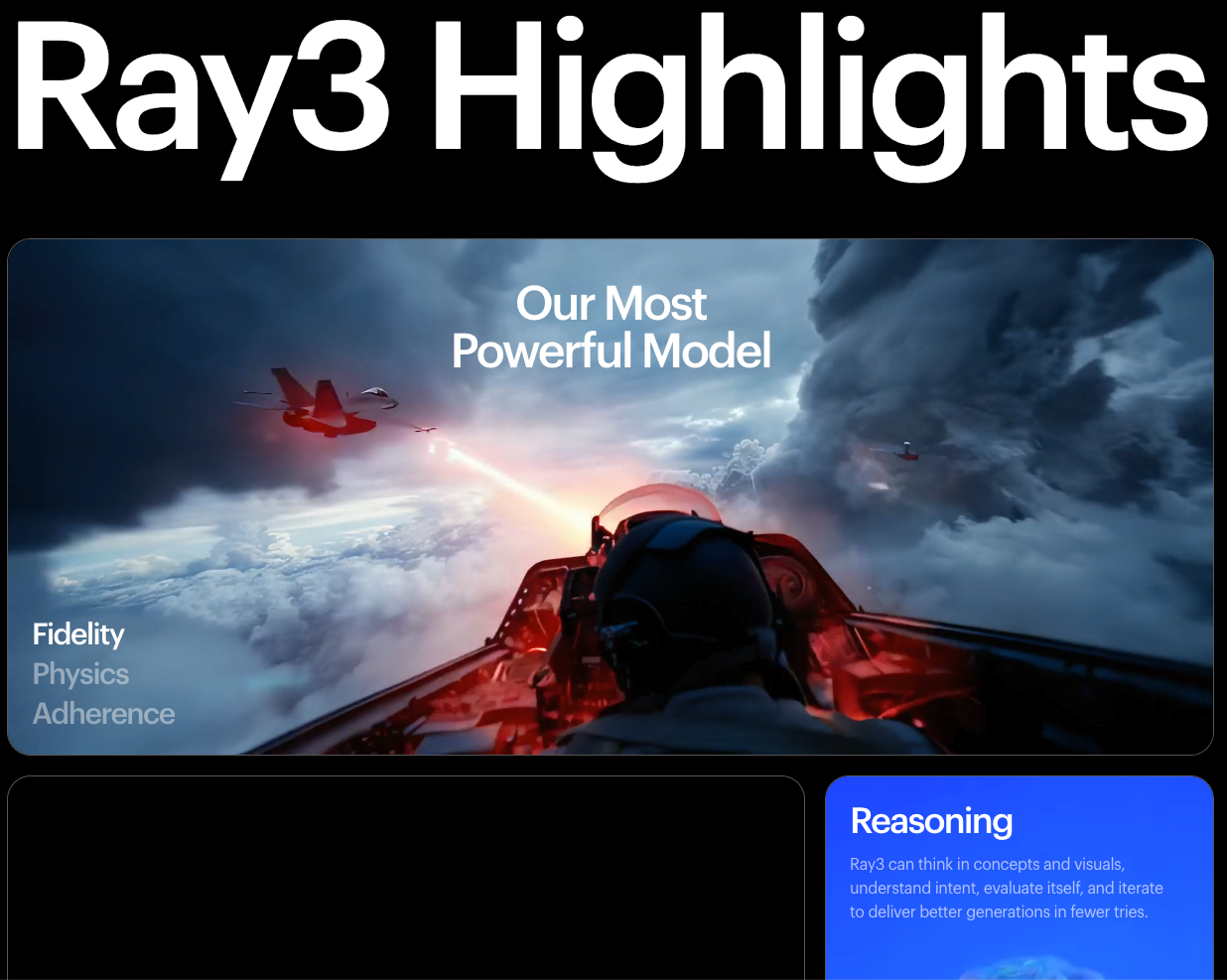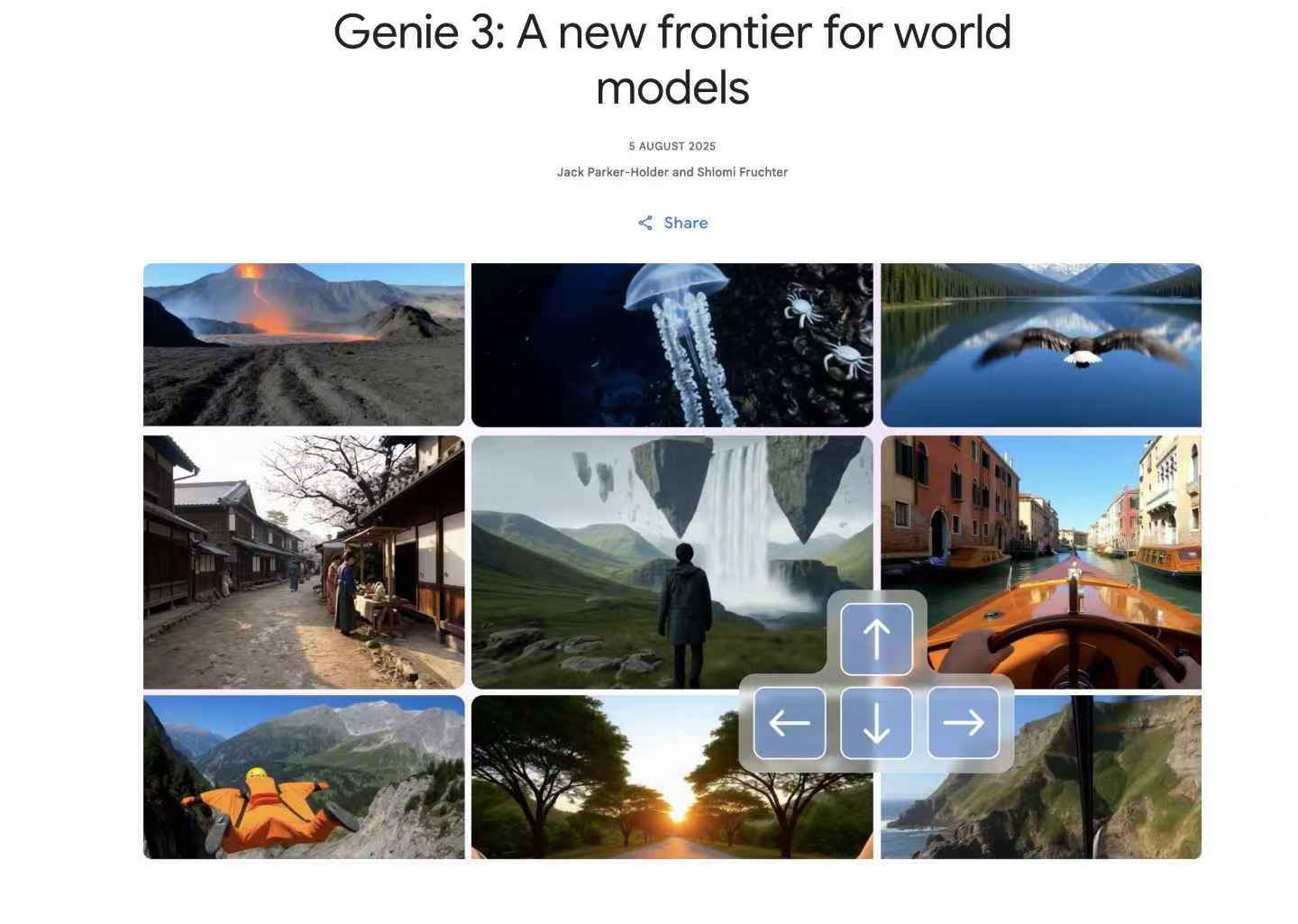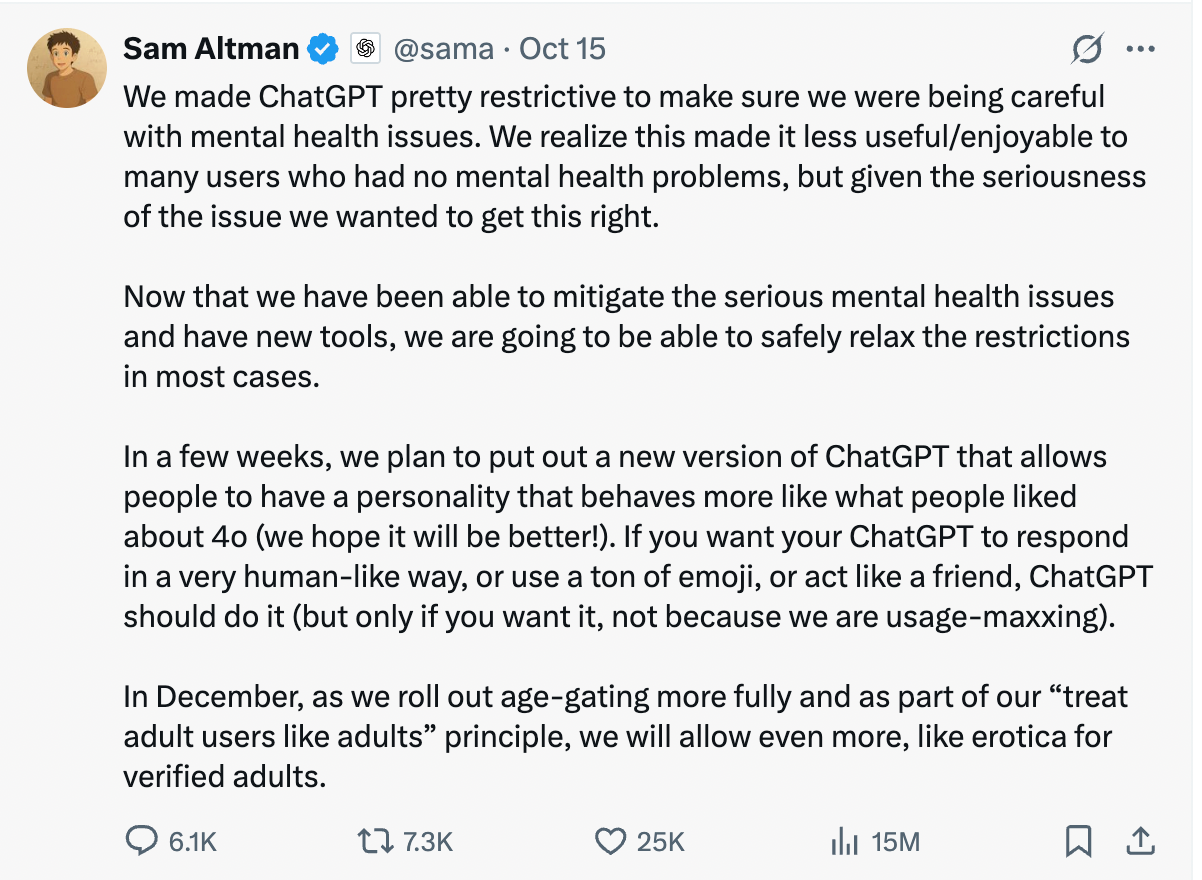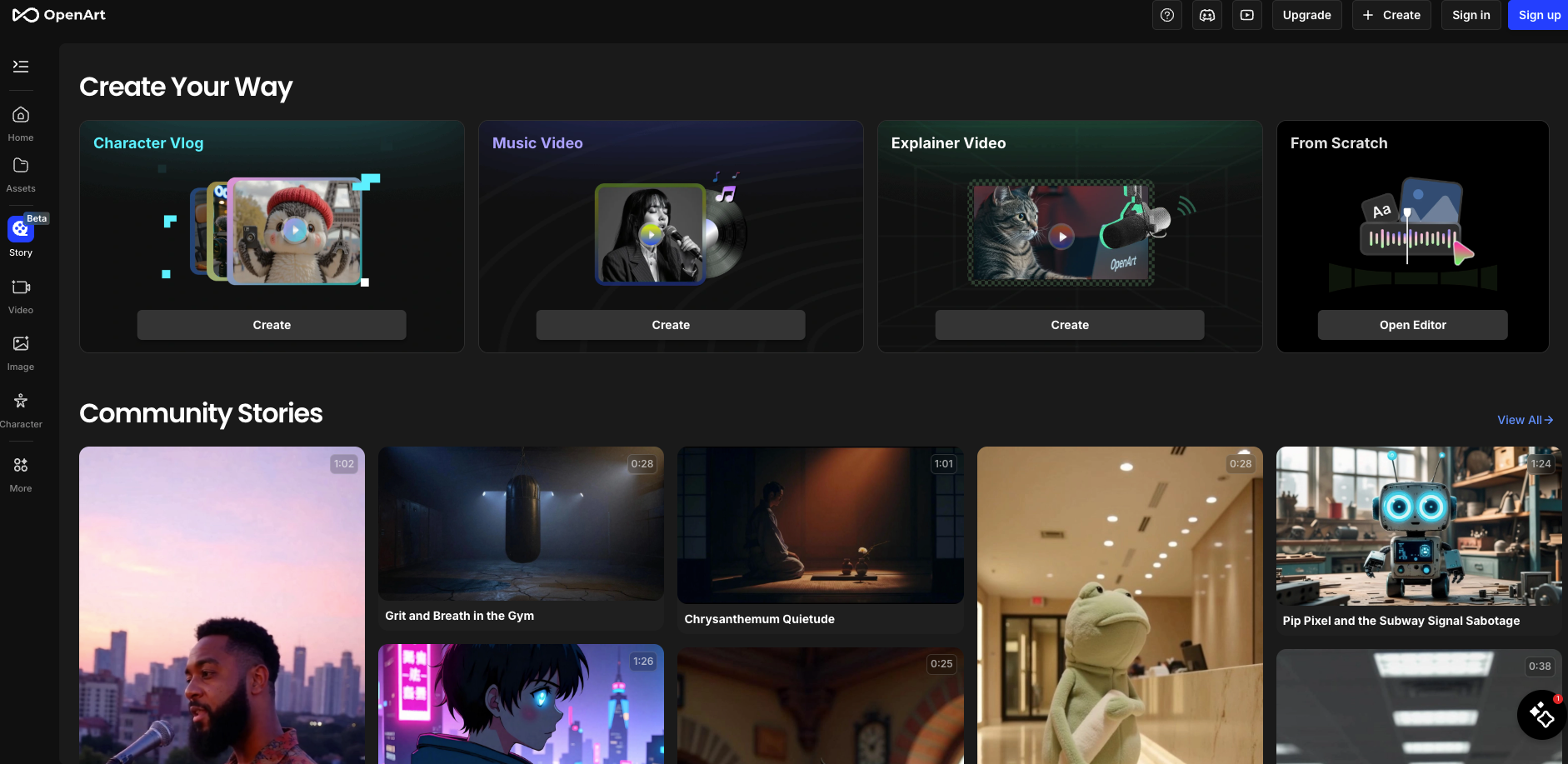Luma AI recently introduced a new video generation model called Ray3, which it claims is the first product capable of producing professional-grade HDR (High Dynamic Range) videos. Ray3 supports 10-bit, 12-bit, and even 16-bit color depth, with the ability to output files in EXR format, making it seamlessly compatible with professional editing and color grading workflows. In addition, Ray3 can also co

nvert standard SDR videos into HDR, giving creators more flexibility in their work.
One of Ray3’s standout features is its so-called “reasoning” capability. This allows the model to understand both images and language simultaneously, execute complex instructions, and evaluate its own outputs. According to Luma AI, Ray3 can critique early drafts and iterate repeatedly until the desired quality standard is met. This reasoning ability also provides users with greater visual control: instead of relying only on text prompts, users can guide movements, objects, or camera framing by sketching directly onto images.
To improve efficiency, Ray3 introduces a draft mode that generates rough video previews at significantly lower cost and up to five times faster. These drafts can then be upgraded during a second pass into full 4K HDR “high-fidelity” quality. Luma AI highlights that Ray3 delivers improvements in rendering crowd scenes, light interactions, reflections, motion blur, and character consistency—further enhancing realism and detail.
Currently, Ray3 is available for free through Luma AI’s Dream Machine application. The company positions the Ray3 framework as a creative tool for storytelling and has already released several short films produced with the technology. However, unlike Google’s Veo3, Ray3 does not yet natively generate audio—a feature that may be added in the future.


